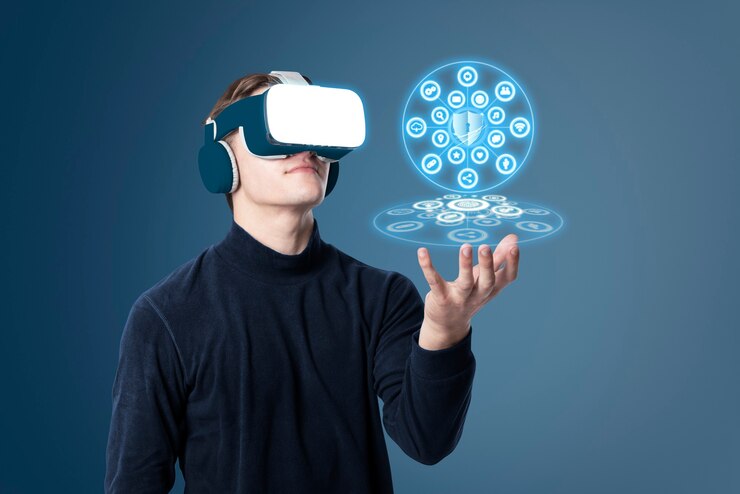Lotus365 Book, Lotus365, Lotus365: Virtual reality technology continues to evolve rapidly, with key trends shaping its development. One of these trends is the increasing focus on standalone VR devices that do not require external sensors or connections to operate. This shift toward standalone headsets offers users more freedom of movement and eliminates some of the barriers to entry, making VR more accessible to a wider audience.
Another notable trend is the integration of augmented reality features into virtual reality experiences. By blending elements of the physical world with the virtual environment, developers are creating more immersive and interactive content. This trend not only enhances the user experience but also opens up new possibilities for applications in various industries, from gaming to healthcare and education.
Advancements in VR Hardware and Software
Virtual reality technology has seen significant advancements in recent years with the emergence of more powerful hardware and sophisticated software. Companies are constantly pushing the boundaries of VR capabilities by developing cutting-edge devices that enhance the overall immersive experience. From high-resolution displays to advanced tracking sensors, the hardware aspect of VR has witnessed remarkable progress, resulting in smoother visuals and more precise interactions.
On the software front, developers are continuously refining VR applications to deliver seamless and engaging experiences for users. Through innovative software solutions, VR has expanded beyond gaming and entertainment into industries such as education, healthcare, and training. The integration of artificial intelligence and machine learning algorithms has further enhanced the realism and interactivity of virtual environments, making them more dynamic and responsive to user inputs.
� Virtual reality technology has seen significant advancements in recent years
� Companies are constantly pushing the boundaries of VR capabilities by developing cutting-edge devices
� Hardware advancements include high-resolution displays and advanced tracking sensors
� Software developers are continuously refining VR applications for seamless and engaging experiences
� VR has expanded beyond gaming into industries such as education, healthcare, and training
� Integration of artificial intelligence and machine learning algorithms has enhanced realism and interactivity in virtual environments
What are some key trends in virtual reality technology?
Some key trends in virtual reality technology include the development of more realistic graphics, improved motion tracking technology, and the integration of haptic feedback for a more immersive experience.
What advancements have been made in VR hardware?
Lotus365 Id, 99exch, 99exch.com Login: Advancements in VR hardware include the development of lighter and more comfortable headsets, improved display resolutions for clearer visuals, and the incorporation of eye-tracking technology for more precise interactions.
How has VR software improved?
VR software has improved through the development of more sophisticated algorithms for rendering realistic environments, the integration of AI for more dynamic interactions, and the creation of user-friendly interfaces for easier navigation.
What industries are benefiting from advancements in VR technology?
Industries such as gaming, healthcare, education, and training are benefiting from advancements in VR technology by offering more immersive experiences, realistic simulations, and interactive learning environments.
Read Also:
- Top 5 Best Ways To Invest In Yourself
- Five Really Obvious Ways To Save Money Better Than You Did
- Top 5 Mistakes You Should Avoid When Selecting A Financial Planner

